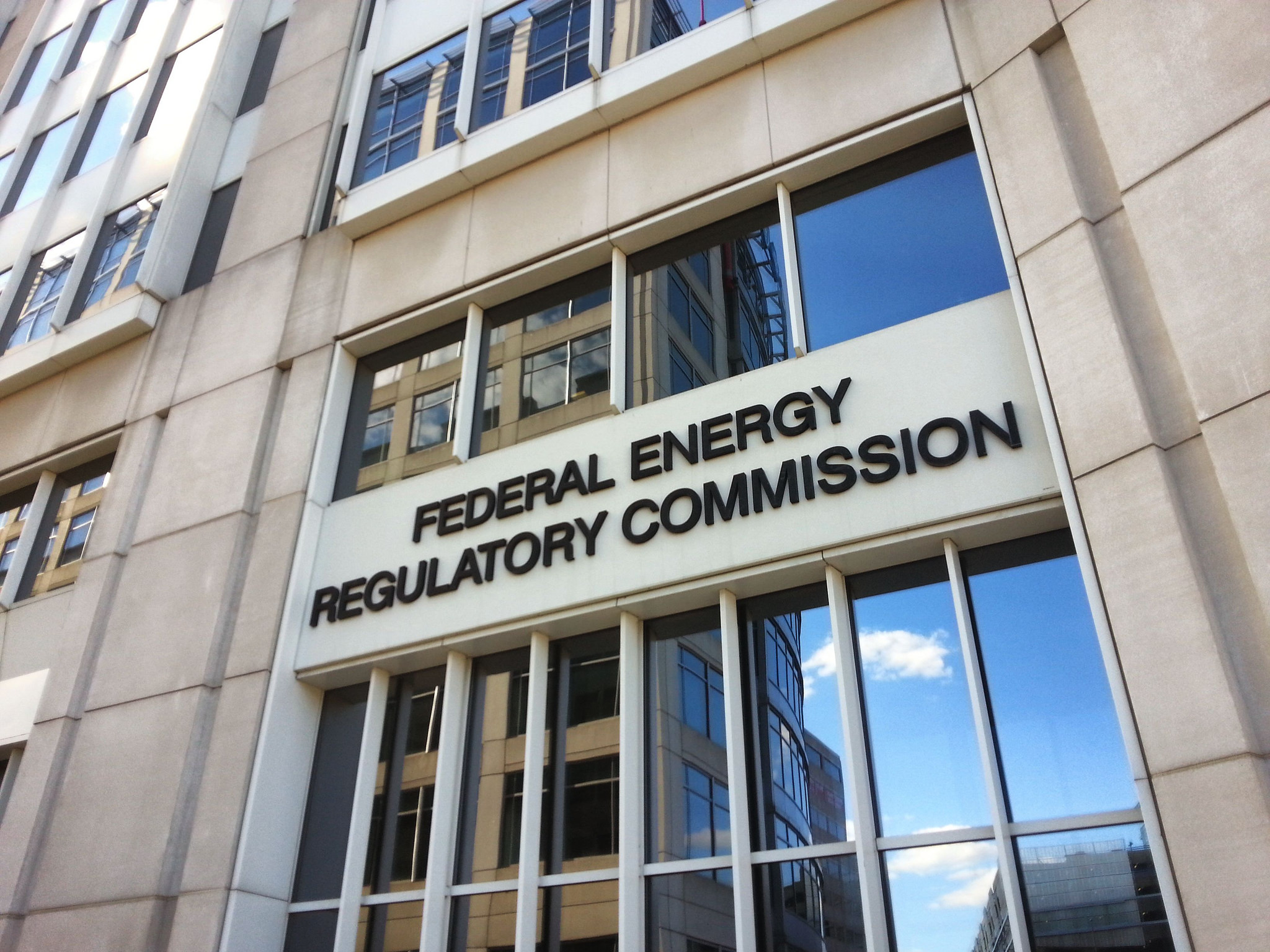Federal agency sets aggressive Alaska gas line timetable, but steel tariffs raise concern
An environmental impact statement would be complete by Dec. 2019, and a final decision reached by March 2020. That's not as fast as Alaska officials had hoped, but still an accelerated timeline.

A key federal agency could issue a decision on whether to approve of a huge natural gas pipeline project in Alaska’s Arctic as soon as 2020.
The Federal Energy Regulatory Commission, in a “Notice of Schedule” issued on March 12, set out a timeline for the environmental impact statement needed for construction of the liquefied natural gas project, estimated to cost about $45 billion.
The formal notice targets the Dec. 9, 2019 for completion of the EIS and March 8, 2020 for a decision based on that EIS. That analysis will require the cooperative work of several federal agencies, the FERC notice said.
That EIS schedule is slower than Alaska officials had wanted; they had hoped for completion by the end of this year, allowing construction to start in 2019. And FERC’s official notice was issued only after the state agency sponsoring the project, the Alaska Gasline Development Corp., responded to 801 questions arising from the 2017 application for the launch of a federal EIS.
Still, Alaska officials considered the formal notice a victory and an important step toward realizing the decades-old dream of commercializing the vast but stranded reserves of natural gas on Alaska’s North Slope.
In a statement, AGDC President Keith Meyer said the FERC timeline will allow the organization to stay on track for a targeted in-service date of 2024 or 2025. “The Commission’s timeline enables AGDC to continue moving expeditiously forward with Alaska’s great energy export project,” Meyer said in the statement.
Gov. Bill Walker also said he was pleased with the FERC timeline.
“This is a major step forward that establishes clarity and predictability in the federal permitting process, which is critical for investors. Keith Meyer’s team at the Alaska Gasline Development Corporation deserves immense credit for continuing to advance a project of this magnitude.” Gov. Bill Walker said in a statement.
Sens. Lisa Murkowski and Dan Sullivan had a similar reaction.
“FERC’s schedule for this project—the largest energy infrastructure project in America— outlines a completion track by 2024 or 2025, so that it can bring affordable energy to Alaskans and help meet growing global demand for this clean-burning fuel,” they said in a joint statement.
The proposed project would put an 806.6-mile (1,298-kilometer), 42-inch-diameter natural gas pipeline from Prudhoe Bay to a liquefaction plant at Nikiski, a port site on Cook Inlet. From Nikiski, where the AGDC recently opened an office, the LNG would be shipped to Asian markets. China, Alaska’s top export market, is the main target market for the LNG project. The Walker administration has signed a non-binding development agreement with the Chinese government and key Chinese energy and finance leaders to promote the LNG project. Walker on March 5 also released details about a China trade trip planned for May.
Even as the gas project notches some successes, one of President Trump’s international initiatives threatens its economics, Murkowski said.
In March 9 comments at CERAWeek, an energy conference in Houston, Murkowski said Trump’s 25 percent tariff on imported steel would add significantly to the project’s cost.
“Where are we going to get that pipe? The back of the envelope numbers is that with these tariffs we might be in a situation where it’s not only hundreds of millions, it might be as much as half a billion dollars added on to the most expensive infrastructure project that we have seen in this country,” she said during a panel discussion.
The tariff initiative is “a big deal up north,” she said. It will add to the cost of other energy projects, not just the gas pipeline. she said. Trump’s tariff policy also undermines relationships with countries that would otherwise be good energy export markets, she said.
“It sends, I think, a confusing message to some of our friends and our allies that we want to encourage and we want to bolster and build up,” she said.